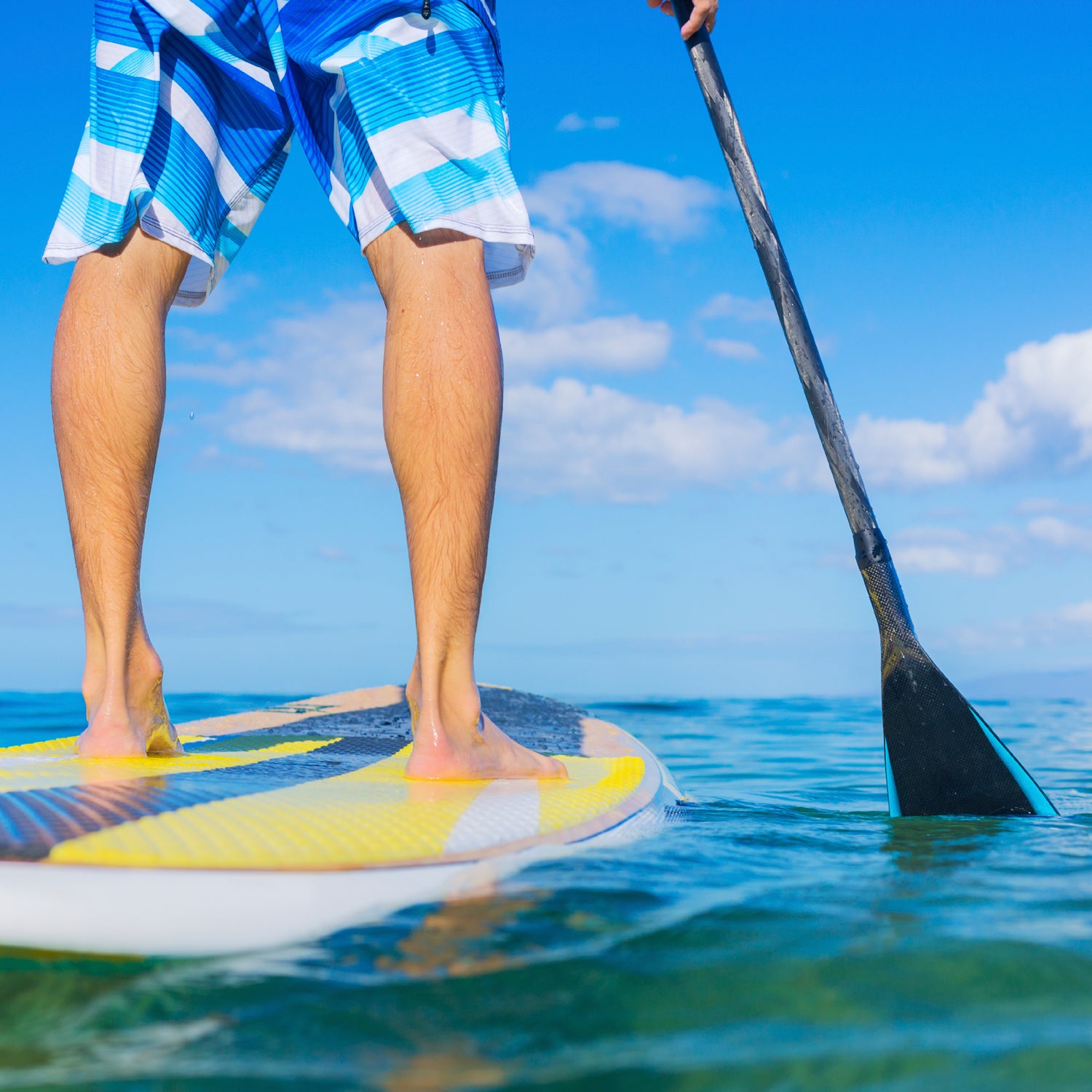Ten years ago, ergonomists spent a lot of time developing posture-perfect chairs for thousands of employees at large corporations. , one of the nation’s top ergonomists, was one of those guys. But when he was asked to modify existing chair designs for obese office workers, he had a light-bulb moment. “Which came first? Was inactivity causing obesity?” he says. His beloved super-engineered chairs were supposed to cure desk job-related ailments like lower back pain, but instead they were so comfortable, it seemed, nobody got up.
Now, his mission is to get office workers, , standing. His new tech is already being tested in different office and school environments across the country. If you’re lucky, here’s what’ll be appearing in your office soon.
First up: the computer reminder. “Imagine you’re sitting at your desk, for over an hour, which is too long,” Benden says. “Your computer now has the ability to know that you’ve been sitting the whole time.” Your all-knowing PC will then gently nudge you through pop-up messages to take a break and stand up.
If that doesn’t get you moving, there’s Phase Two: the computer takes physical action. “While you’re sitting there typing, all of the sudden, your whole desk starts rising and the next thing you know, it’s at standing height and you don’t have a choice,” Benden says. “You gotta stand up.”
Benden’s currently testing these systems with adults to see if the computer intervention will be more effective than the warnings we’ve all been reading in the news. In the past few years, sedentary behavior has been linked to everything from to diabetes. But that knowledge doesn’t necessarily pull workers out of chairs perfectly molded to their posteriors. Maybe the computer will.
Of course, that tech doesn’t come cheap, and all of this may seem like a sales pitch from an ergonomist trying to hawk new merchandise. But he’s been conducting scientific studies to back up these standing interventions. His concern students, but his current research is looking into offices. Pay attention to these new findings—they could be useful in asking your boss for an upgrade.
At a Tennessee call center, where productivity is easily quantifiable, Benden divided workers into sitting and standing groups. “What we found with those workers at the ‘stand-capable’ stations is they were 40 percent more productive,” Benden says. Furthermore, other studies in corporate America have found that “standing groups working on team projects were not only more creative, but they were more open to discussing their ideas that they might’ve been more defensive about when seated.”
Why does this happen? Benden likens this psychological component to a bar scene. “As you’re standing there at the bar, and you have somebody walk up to you and start talking to you, you engage them at the bar and have a nice conversation,” Benden says. But when a mutual friend comes in, walks up to the bar and pulls up a chair, the dynamic changes. “The person is not in the conversation—they’re not with you,” Benden says. That’s what it’s like at work, too. Something about standing makes us more open with each other.
Standing does, however, have a few caveats. “Most adverse effects are what I would consider nuisances—pain and discomfort in the knees, back, legs, and varicose veins if you’re statically standing,” Benden says. That’s why he advises getting a block or rail to rest a foot on. By shifting from foot to foot, you alternatively let each side of your body take a break.
He also recommends using a stool when you’re tired. “Even sitting on a stool is closer to the posture of, say, riding a bicycle,” Benden says. “Your body’s engaged, your large skeletal muscles that hold you upright are active, and you’re pumping a lot of really good chemicals through your body like lipoprotein lipase, which is sort of a vacuum cleaner for fat.”
Needless to say, Benden’s now a bigger fan of the stool than his super cushy office chairs. “When the body’s engaged, the mind’s engaged,” he says. “It’s not rocket science.”


